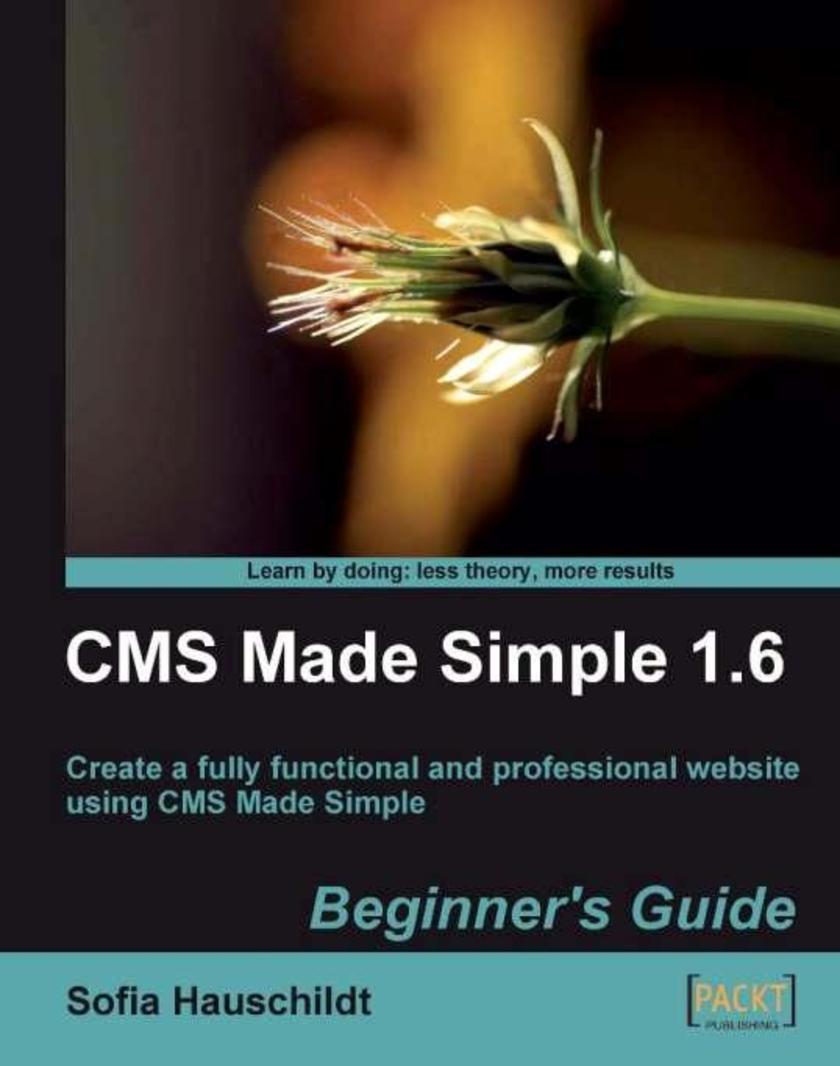
CMS Made Simple 1.6: Beginner's Guide
¥80.65
This is a practical, hands-on book based around a case study website, which you will build in this easy-to-understand workshop by using CMS Made Simple. The case study grows chapter by chapter, from CMS installation to the finished website. It provides clear instructions and detailed screenshots, so you can see exactly what to do at each step of the build. When you have completed the case study, you will have the knowledge and confidence to build a website with rich functionality and individual design that is optimized for search engines and can be handed over to the customer. This book is perfect for newcomers as well as webmasters who are looking for an introduction to building powerful and professional websites with a content management system. Basic knowledge of HTML and CSS is the only requirement. The workshop covers all aspects of web publishing and is aimed for web designers, web developers, editors, and web managers.
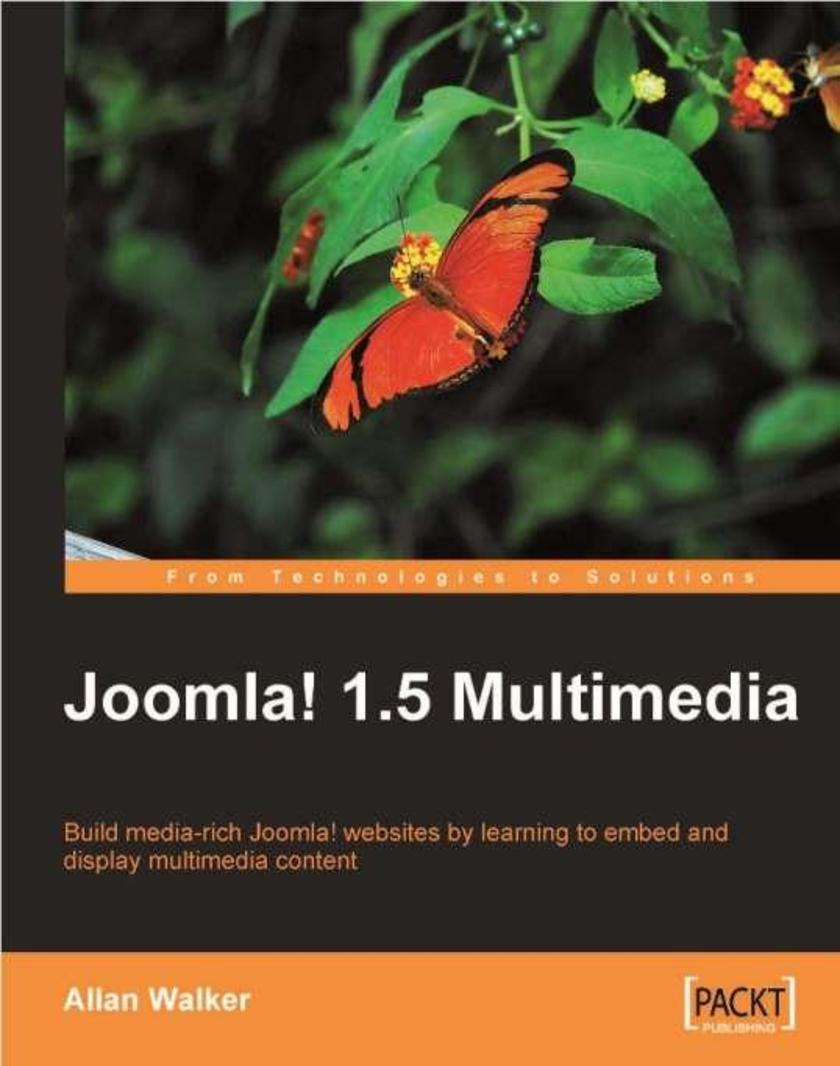
Joomla! 1.5 Multimedia
¥80.65
This book is a Joomla! tutorial packed with features that you can apply to enhance your Joomla! web site. It contains step-by-step instructions for Joomla! users to build rich multimedia web sites using Joomla!. It shows you how to manually implement features into your site, as well as utilize Extensions and more automated methods. A tutorial approach means you can follow this book chapter by chapter or just dip into the topics you find of interest. This book is aimed at Joomla! administrators and site developers who want to add media-rich content elements and interactive features to their site. All you need is to have a basic knowledge of the Joomla! platform and want to develop your site with rich media content. This book is a must-read for Joomla! users wanting to collaborate with external resources such as YouTube, Twitter, Google, and Flickr (amongst others).
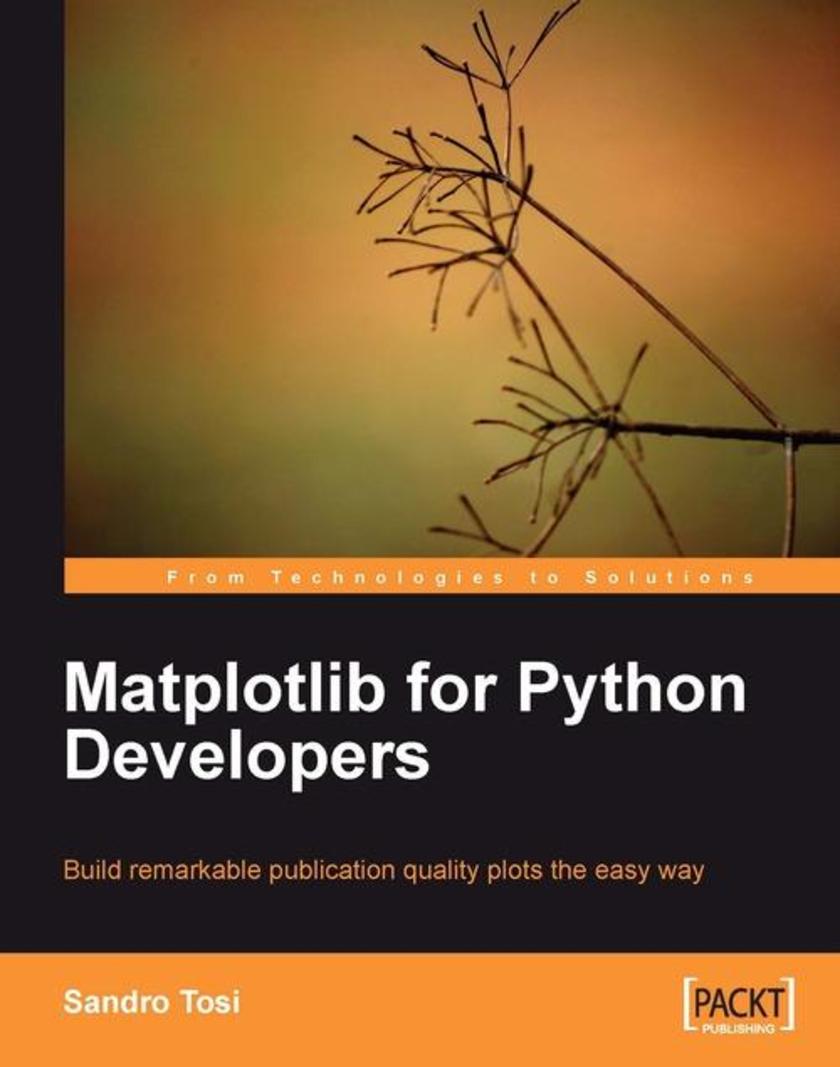
Matplotlib for Python Developers
¥80.65
This is a practical, hands-on book, with a lot of code and images. It presents the real code that generates every image and describes almost every single line of it, so that you know exactly what's going on. Introductory, de*ive, and theoretical parts are mixed with examples, so that reading and understanding them is easy. All of the examples build gradually with code snippets, their explanations, and plot images where necessary with the complete code and output presented at the end. This book is essentially for Python developers who have a good knowledge of Python; no knowledge of Matplotlib is required. You will be creating 2D plots using Matplotlib in no time at all.
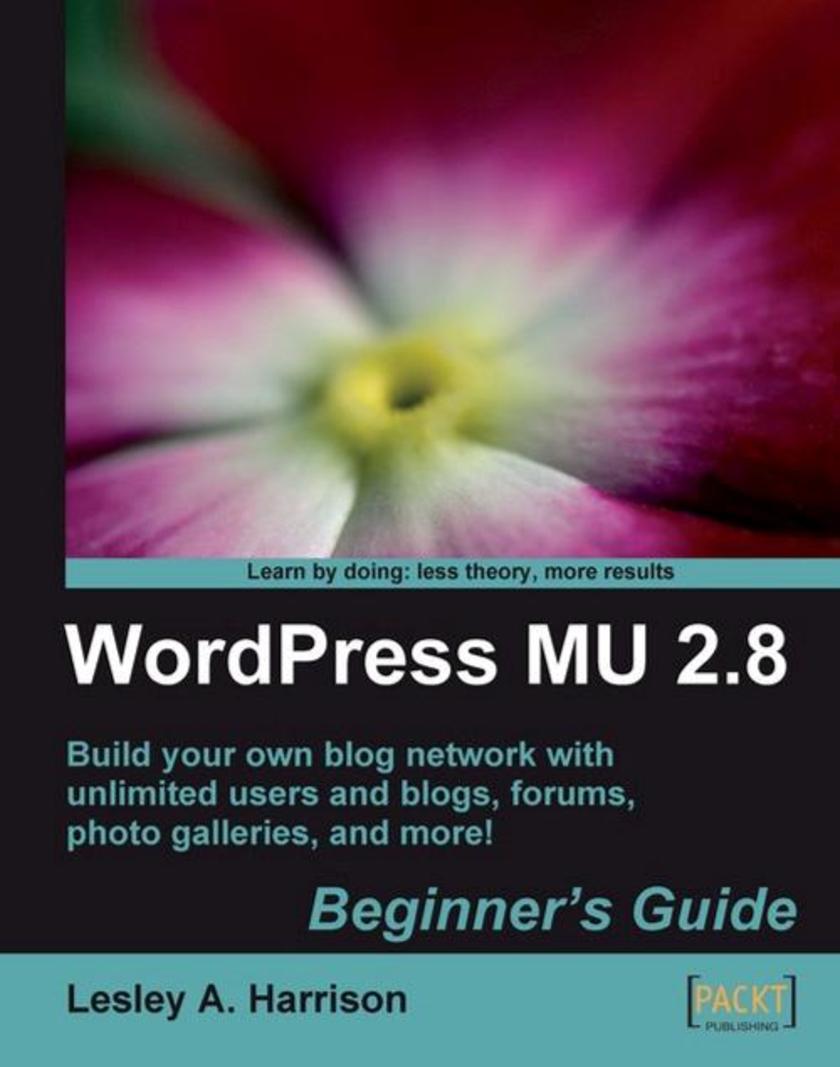
WordPress MU 2.8: Beginner's Guide
¥80.65
Packed with easy-to-follow examples and screenshots, this book is designed to be followed from beginning to end, although those with existing WordPress MU sites will be able to jump in at the later chapters and pick out the things that are important to them. The author's expertise with creating a wide variety of WordPress sites enables her to share insights on using WordPress effectively, in a clear and friendly way. Those interested in digging further will be given the chance to customize their site further. Throughout the book, you will build up a blog network for Vampire Slayers – SlayerCafe.com, as an example. If you wish to manage multiple blogs and build a blog network, then this book is for you. You are not expected to be experienced with PHP coding. Some knowledge of HTML, and some experience with the blogging and social networking world will be helpful, but not essential.
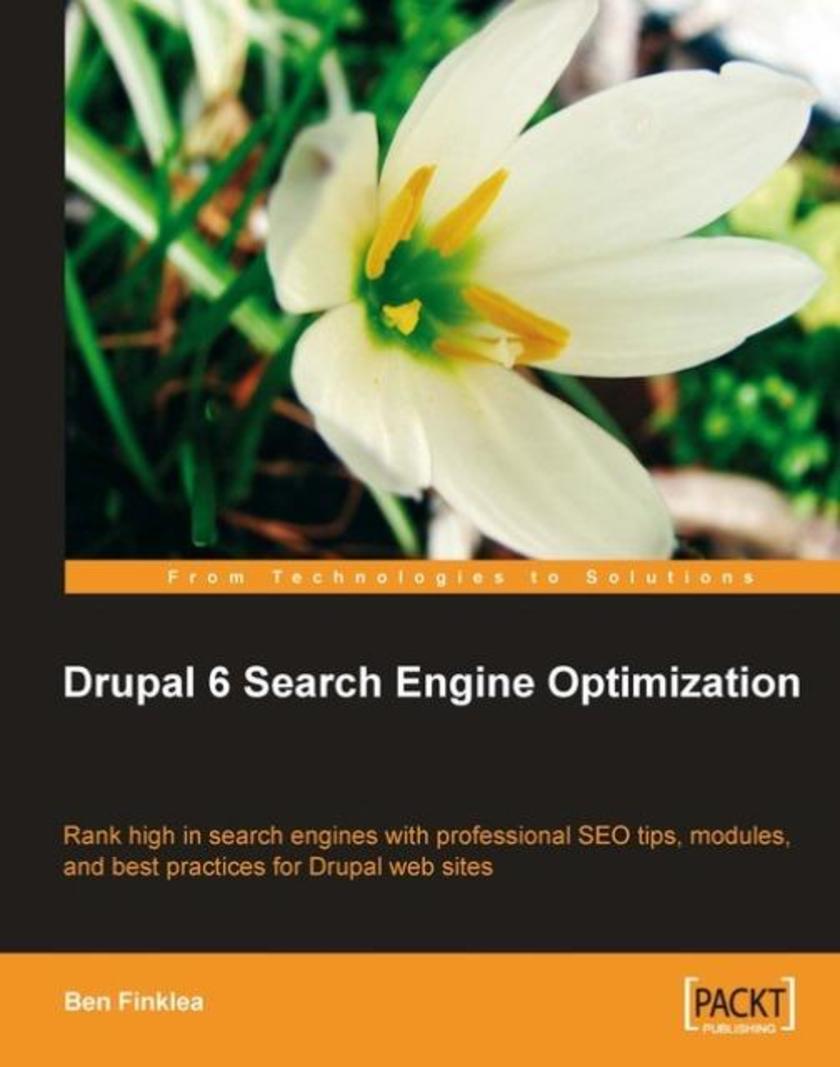
Drupal 6 Search Engine Optimization
¥80.65
This is a practical, hands-on book based around sound SEO techniques specifically applied to Drupal. Each chapter starts with a brief overview of the important concepts then quickly moves into practical step-by-step actions you can take immediately. Throughout the book, you'll get clear instructions and detailed screenshots, so you can see exactly what to do each step of the way. You will install and configure a selection of Drupal modules – each of which will move you one step closer to optimization. Chapter-by-chapter, your Drupal site will become more optimized so that by the end of the book, your site is 100% ready for Google. This book is written for Drupal site owners and those who create Drupal sites including themers, developers, programmers, and consultants. A basic understanding of Drupal will be helpful: what a node is, how to create nodes, how to log in to the admin sections of your Drupal site, and how to properly install and enable a module. No knowledge of SEO will be assumed but a basic knowledge of search engines is expected.
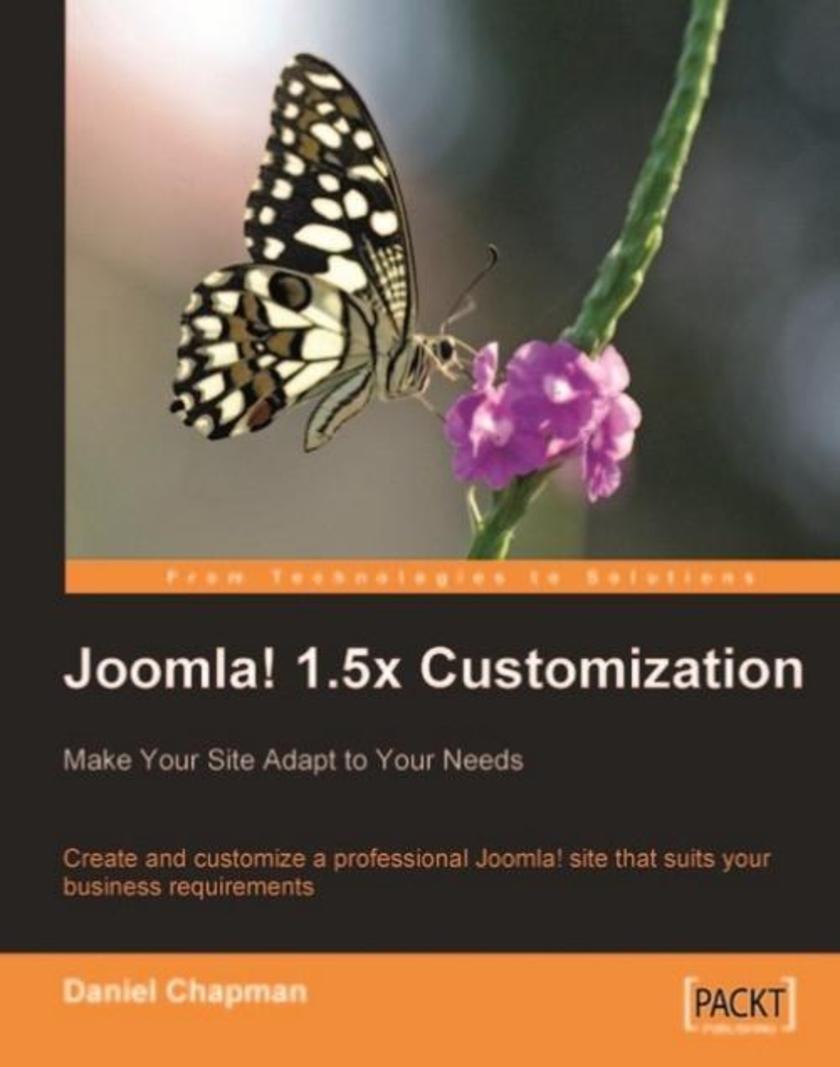
Joomla! 1.5x Customization: Make Your Site Adapt to Your Needs
¥80.65
Filled with plenty of examples and careful explanations, this step-by-step guide teaches you to build a sub*ion-based business site with Joomla!. This site will evolve chapter by chapter as you apply the techniques and theory that you are learning to it. You will start by looking at the environment in which you develop, setting yourself up with the right tools to develop a professional site as effectively and efficiently as possible. Then you will move on to setting the purpose of our site, and why it is important to have a clear purpose and goals for your site before you ever even install Joomla!. You will begin to look through choosing, installing and customizing extensions, and proceed to work on your sample sub*ion site as a practical example of the information covered in each chapter. Finally you will look at how to market and monetize your site to ensure the maximum success for your site. This book is written for people with basic knowledge of Joomla! who want to expand their skills and move from simply assembling extensions and installing a template to truly customizing their own site. Readers are expected to have functional knowledge of Joomla! and a very basic understanding of terms such as FTP, PHP, HTML, CSS, JavaScript, even if they have no real knowledge of the workings behind these terms. This book does not cover topics such as installing Joomla! and extensions, or creating content. The ideal reader is one who wishes to build a successful business web site using Joomla! and is interested in making as well as saving money by applying professional tools and techniques to the development, monetization, and marketing of their site. Non-business focussed site owners can still benefit greatly from the book, however, if they wish to add a level of professionalism to their work.
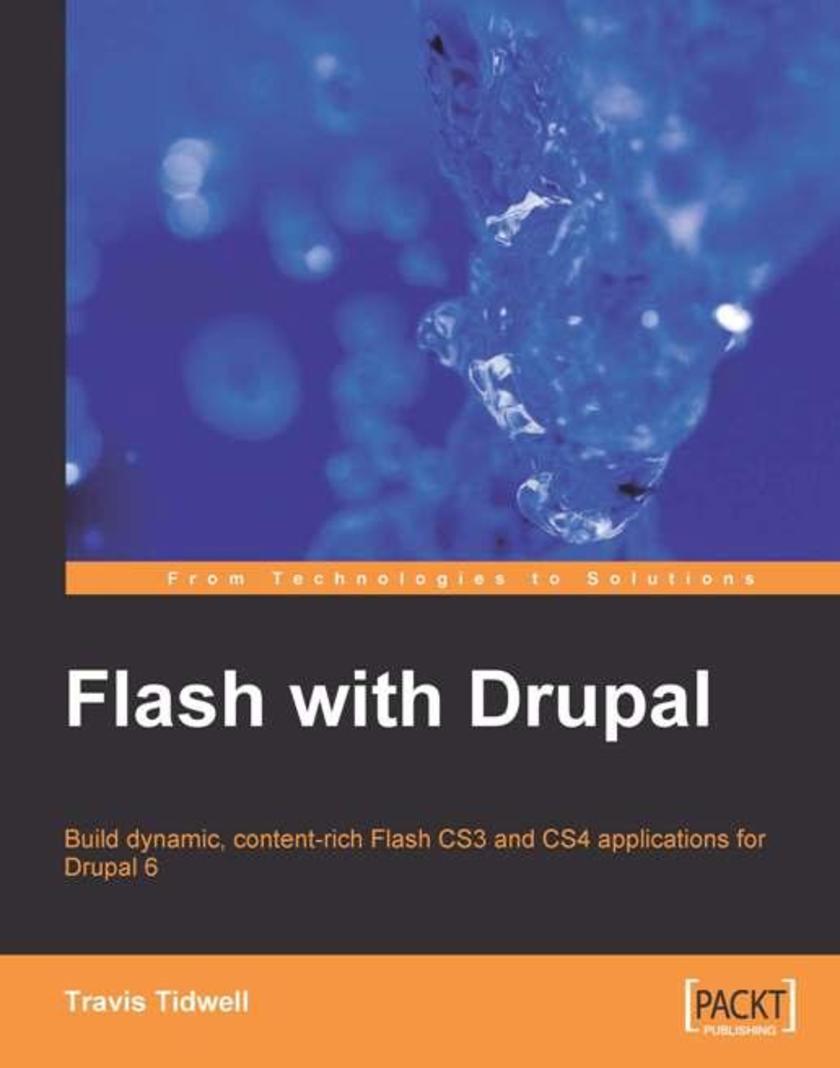
Flash with Drupal
¥80.65
This book takes a step-by-step approach to building Flash applications for use with the Drupal Content Management System. In each chapter, you walk through the evolution of a real Flash application designed for Drupal. Every chapter builds on the previous one by presenting a more challenging feature for each additional chapter. This book is written for developers who wish to build dynamic flash applications. Although we will be using Drupal for our Content Management System, the lessons learned within this book can easily be applied to other content management systems such as Joomla or WordPress. Because of this, you are not assumed to be familiar with Drupal. Any interaction with Drupal will be described in full detail so that anyone can follow along. As for Flash, it is not necessary to be familiar with how to use Flash since that too will be covered within this book. However, it is recommended that you have some modest understanding of ActionScript and PHP since there are many code examples within this book.
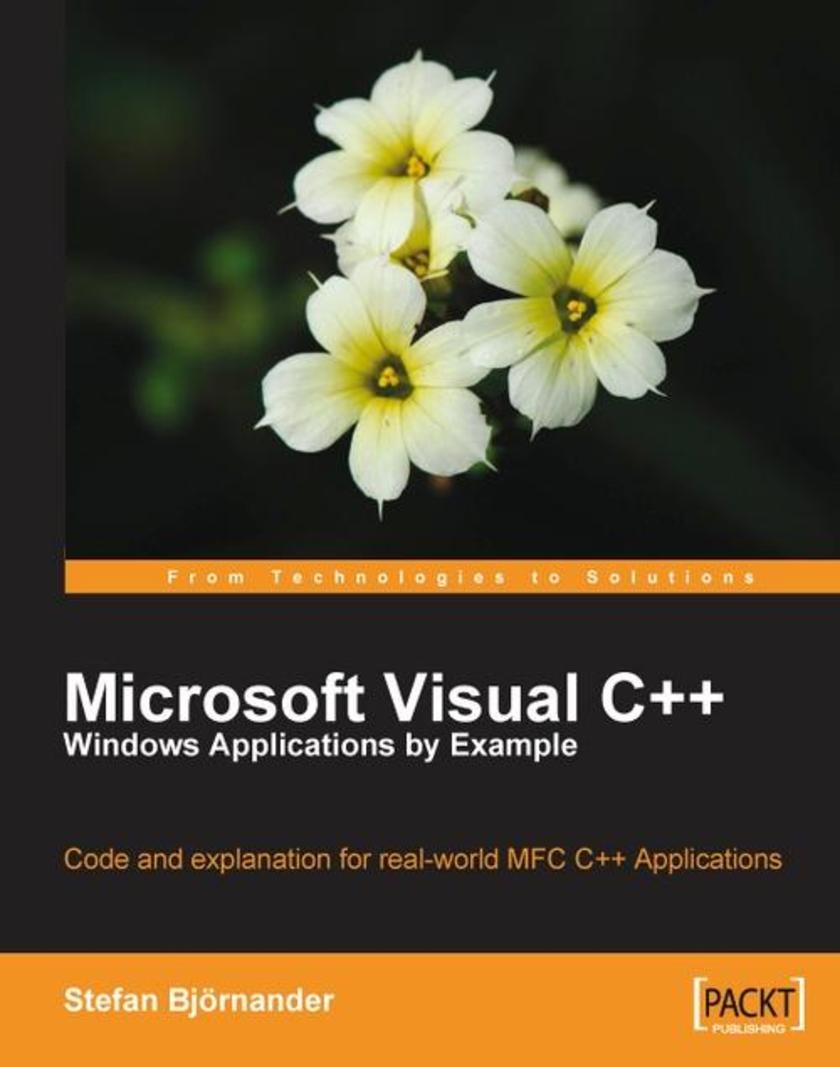
Microsoft Visual C++ Windows Applications by Example
¥80.65
The book is ideal for programmers who have worked with C++ or other Windows-based programming languages. It provides developers with everything they need to build complex desktop applications using C++. If you have already learned the C++ language, and want to take your programming to the next level, then this book is ideal for you.

JasperReports for Java Developers
¥80.65
This book is a concise and practical guide aimed at getting the results you want as quickly as possible. This book is for Java developers who want to create rich reports for either the web or print, and want to get started quickly with JasperReports to do this. No knowledge of JasperReports is presumed, although obviously familiarity with Java, SQL, and XML are assumed where they are required.
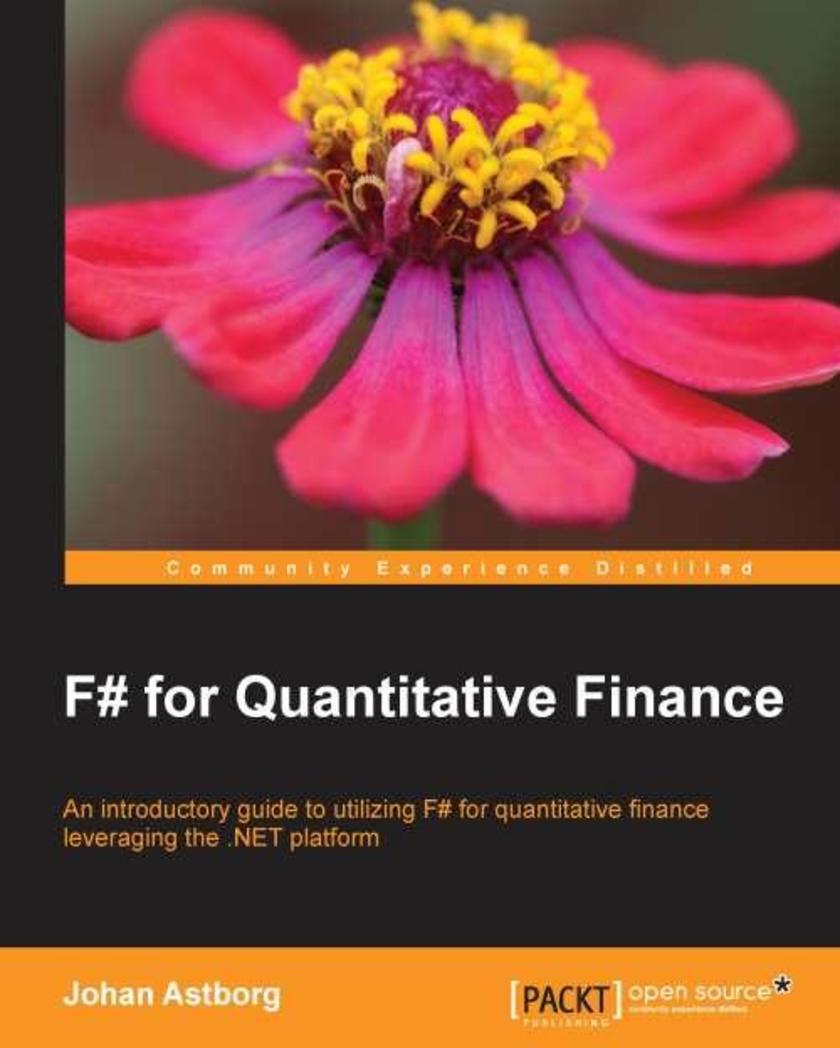
F# for Quantitative Finance
¥80.65
To develop your confidence in F#, this tutorial will first introduce you to simpler tasks such as curve fitting. You will then advance to more complex tasks such as implementing algorithms for trading semi-automation in a practical scenario-based format.If you are a data analyst or a practitioner in quantitative finance, economics, or mathematics and wish to learn how to use F# as a functional programming language, this book is for you. You should have a basic conceptual understanding of financial concepts and models. Elementary knowledge of the .NET framework would also be helpful.

BeagleBone Robotic Projects
¥80.65
Develop practical example projects with detailed explanations; combine the projects in a vast number of ways to create different robot designs, or work through them in sequence to discover the full capability of the BeagleBone Black.This book is for anyone who is curious about using new, low-cost hardware to create robotic projects that have previously been the domain of research labs, major universities or Defence departments. Some programming experience would be useful, but if you know how to use a personal computer, you can use this book to construct far more complex systems than you would have thought possible.

ArcGIS By Example
¥80.65
If you are an application developer who wishes to enhance your skills for the GIS domain with ArcGIS, then this book is for you. Previous experience with ArcGIS is not required.
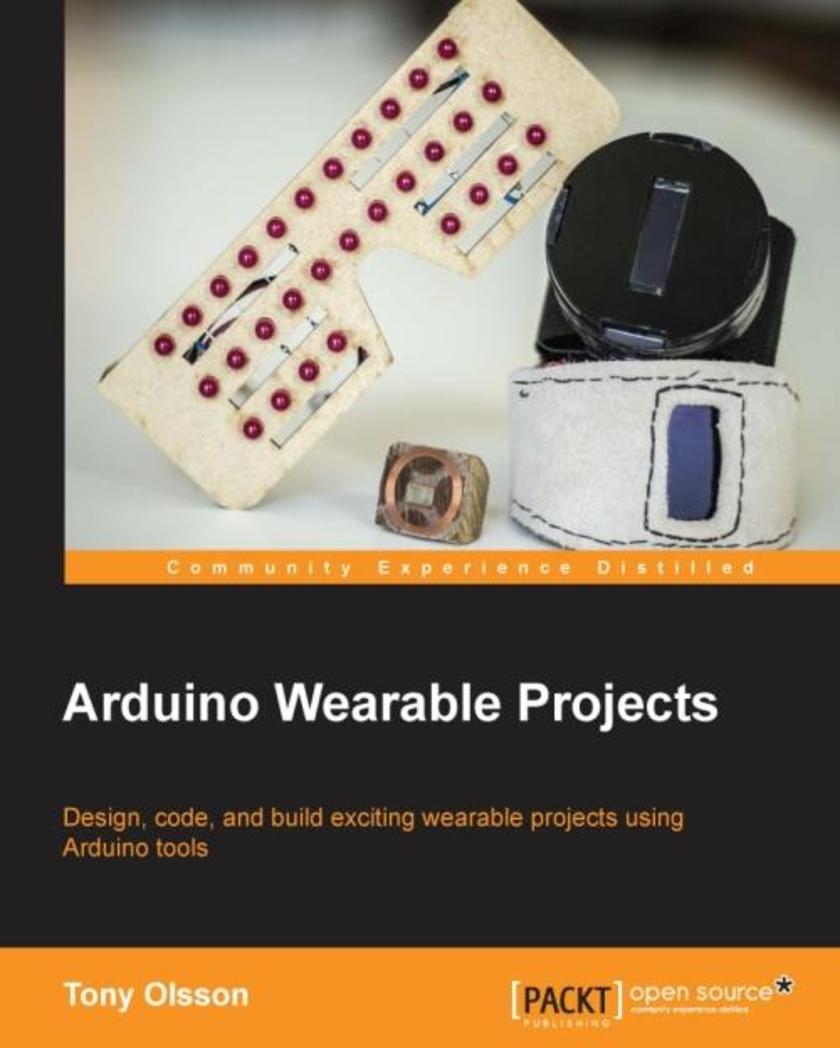
Arduino Wearable Projects
¥80.65
This book is intended for readers who are familiar with the Arduino platform and want to learn more about creating wearable projects. No previous experience in wearables is expected, although a basic knowledge of Arduino will help.
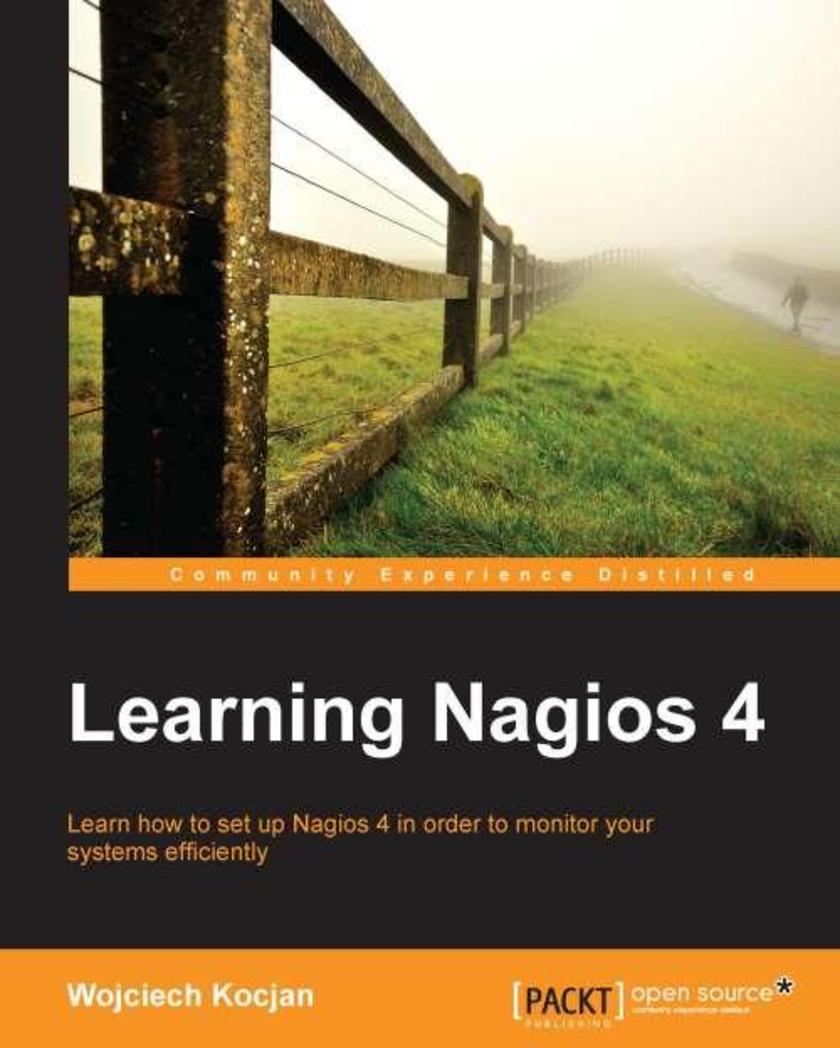
Learning Nagios 4
¥80.65
This book will introduce Nagios to readers who are interested in monitoring their systems. All the concepts in the book are explained in a simplified manner, presented in an easytounderstand language with lots of tips, tricks, and illustrations. This book is great for system administrators interested in using Nagios to monitor their systems. It will also help professionals who have already worked with earlier versions of Nagios to understand the new features of Nagios 4 and provides usable solutions to reallife problems related to Nagios administration. To effectively use this book, system administration knowledge is required. If you want to create your own plugins, knowledge of *ing languages like Perl, shell and Python is expected.

Visual Studio 2013 Cookbook
¥80.65
This book is a practical guide to using Visual Studio 2013 that will help you become familiar with the improvements made over previous versions. Each recipe provides a handson approach to the new features with stepbystep instructions on how to increase your productivity. If you are a developer excited about the new features introduced in Visual Studio 2013, then no matter what your programming language of choice is, Visual Studio 2013 Cookbook is for you. You should have a good knowledge of working with previous versions of Visual Studio to enjoy the recipes in this book. This book provides practical examples to help you use Visual Studio 2013 more effectively.
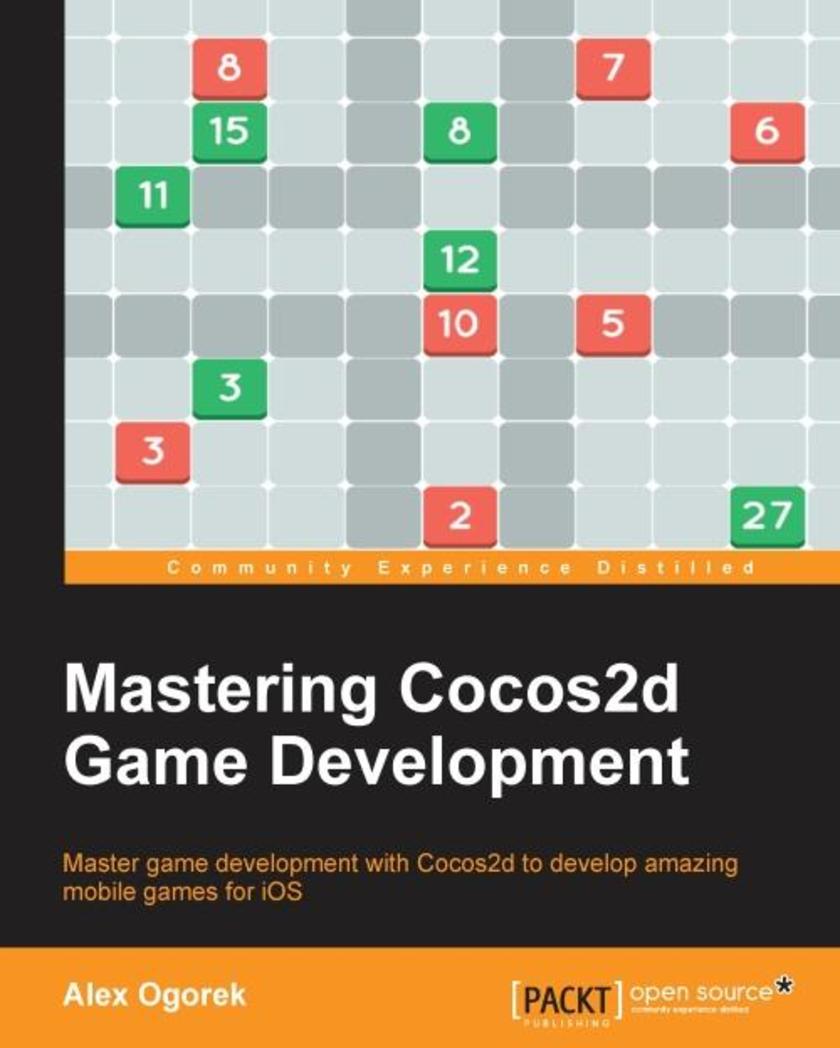
Mastering Cocos2d Game Development
¥80.65
If you are a developer who is experienced with Cocos2d and Objective-C, and want to take your game development skills to the next level, this book is going to help you achieve your goal.
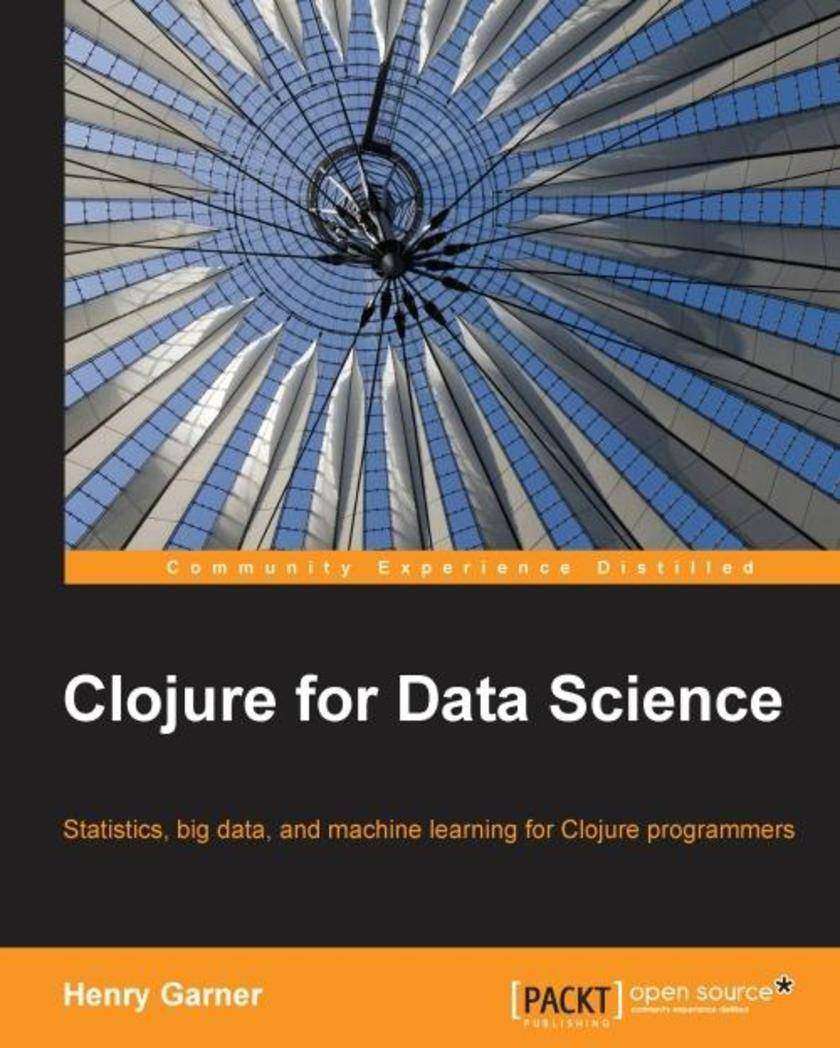
Clojure for Data Science
¥80.65
Statistics, big data, and machine learning for Clojure programmers About This Book Write code using Clojure to harness the power of your data Discover the libraries and frameworks that will help you succeed A practical guide to understanding how the Clojure programming language can be used to derive insights from data Who This Book Is For This book is aimed at developers who are already productive in Clojure but who are overwhelmed by the breadth and depth of understanding required to be effective in the field of data science. Whether you’re tasked with delivering a specific analytics project or simply suspect that you could be deriving more value from your data, this book will inspire you with the opportunities–and inform you of the risks–that exist in data of all shapes and sizes. What You Will Learn Perform hypothesis testing and understand feature selection and statistical significance to interpret your results with confidence Implement the core machine learning techniques of regression, classification, clustering and recommendation Understand the importance of the value of simple statistics and distributions in exploratory data analysis Scale algorithms to web-sized datasets efficiently using distributed programming models on Hadoop and Spark Apply suitable analytic approaches for text, graph, and time series data Interpret the terminology that you will encounter in technical papers Import libraries from other JVM languages such as Java and Scala Communicate your findings clearly and convincingly to nontechnical colleagues In Detail The term “data science” has been widely used to define this new profession that is expected to interpret vast datasets and translate them to improved decision-making and performance. Clojure is a powerful language that combines the interactivity of a *ing language with the speed of a compiled language. Together with its rich ecosystem of native libraries and an extremely simple and consistent functional approach to data manipulation, which maps closely to mathematical formula, it is an ideal, practical, and flexible language to meet a data scientist’s diverse needs. Taking you on a journey from simple summary statistics to sophisticated machine learning algorithms, this book shows how the Clojure programming language can be used to derive insights from data. Data scientists often forge a novel path, and you’ll see how to make use of Clojure’s Java interoperability capabilities to access libraries such as Mahout and Mllib for which Clojure wrappers don’t yet exist. Even seasoned Clojure developers will develop a deeper appreciation for their language’s flexibility! You’ll learn how to apply statistical thinking to your own data and use Clojure to explore, analyze, and visualize it in a technically and statistically robust way. You can also use Incanter for local data processing and ClojureScript to present interactive visualisations and understand how distributed platforms such as Hadoop sand Spark’s MapReduce and GraphX’s BSP solve the challenges of data analysis at scale, and how to explain algorithms using those programming models. Above all, by following the explanations in this book, you’ll learn not just how to be effective using the current state-of-the-art methods in data science, but why such methods work so that you can continue to be productive as the field evolves into the future. Style and approach This is a practical guide to data science that teaches theory by example through the libraries and frameworks accessible from the Clojure programming language.
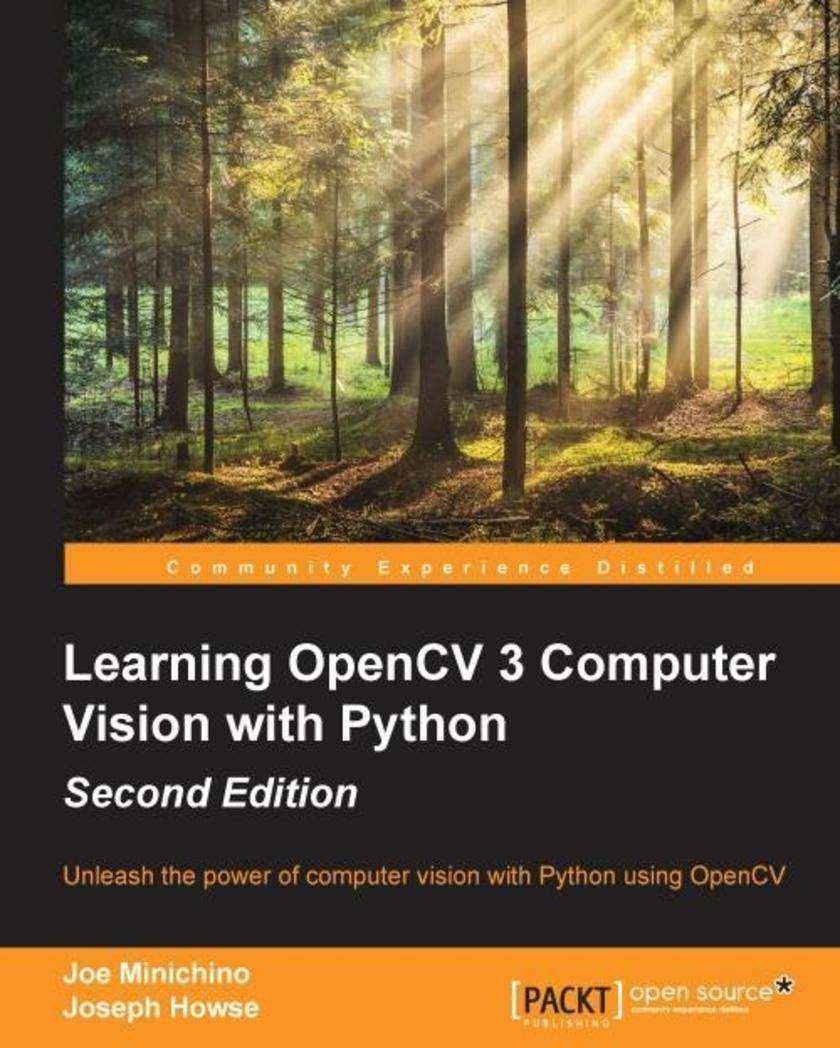
Learning OpenCV 3 Computer Vision with Python - Second Edition
¥80.65
Unleash the power of computer vision with Python using OpenCV About This Book Create impressive applications with OpenCV and Python Familiarize yourself with advanced machine learning concepts Harness the power of computer vision with this easy-to-follow guide Who This Book Is For Intended for novices to the world of OpenCV and computer vision, as well as OpenCV veterans that want to learn about what's new in OpenCV 3, this book is useful as a reference for experts and a training manual for beginners, or for anybody who wants to familiarize themselves with the concepts of object classification and detection in simple and understandable terms. Basic knowledge about Python and programming concepts is required, although the book has an easy learning curve both from a theoretical and coding point of view. What You Will Learn Install and familiarize yourself with OpenCV 3's Python API Grasp the basics of image processing and video analysis Identify and recognize objects in images and videos Detect and recognize faces using OpenCV Train and use your own object classifiers Learn about machine learning concepts in a computer vision context Work with artificial neural networks using OpenCV Develop your own computer vision real-life application In Detail OpenCV 3 is a state-of-the-art computer vision library that allows a great variety of image and video processing operations. Some of the more spectacular and futuristic features such as face recognition or object tracking are easily achievable with OpenCV 3. Learning the basic concepts behind computer vision algorithms, models, and OpenCV's API will enable the development of all sorts of real-world applications, including security and surveillance. Starting with basic image processing operations, the book will take you through to advanced computer vision concepts. Computer vision is a rapidly evolving science whose applications in the real world are exploding, so this book will appeal to computer vision novices as well as experts of the subject wanting to learn the brand new OpenCV 3.0.0. You will build a theoretical foundation of image processing and video analysis, and progress to the concepts of classification through machine learning, acquiring the technical know-how that will allow you to create and use object detectors and classifiers, and even track objects in movies or video camera feeds. Finally, the journey will end in the world of artificial neural networks, along with the development of a hand-written digits recognition application. Style and approach This book is a comprehensive guide to the brand new OpenCV 3 with Python to develop real-life computer vision applications.
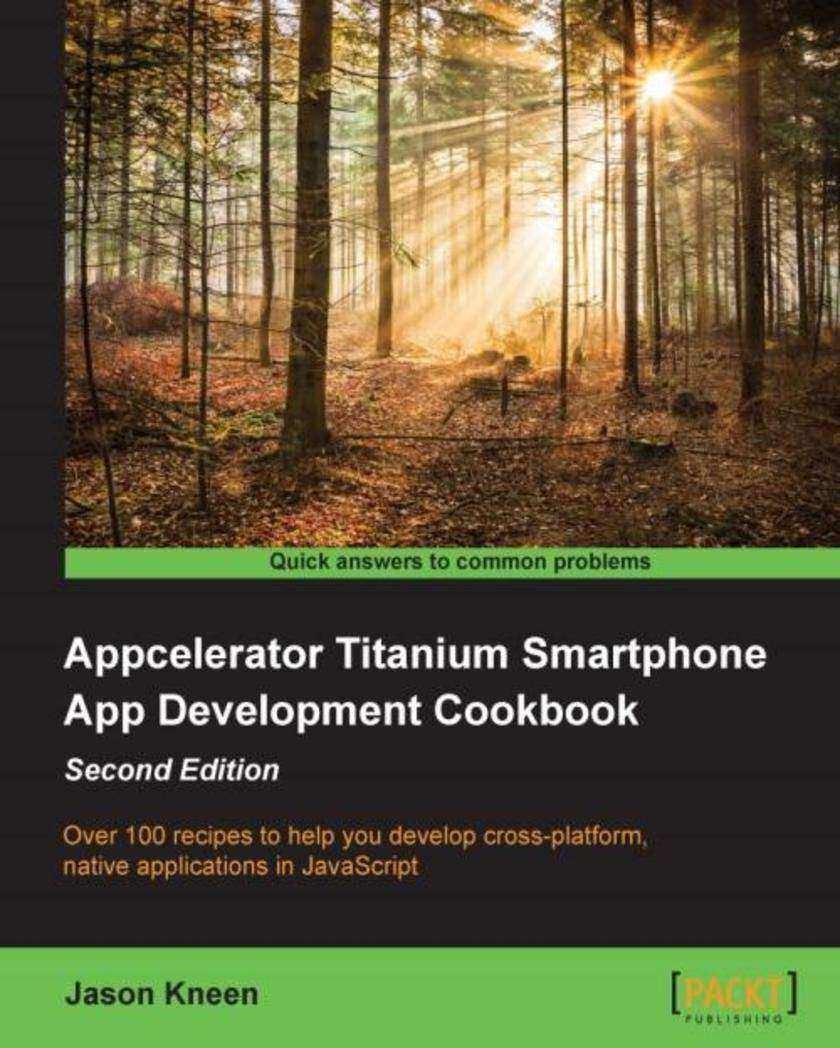
Appcelerator Titanium Smartphone App Development Cookbook - Second Edition
¥80.65
Over 100 recipes to help you develop cross-platform, native applications in JavaScript About This Book Leverage your JavaScript skills to write mobile applications using Titanium Studio tools with the native advantage Deploy your application on the App Store and Google Play Add your own IOS native modules in objective-C, in an easy-to-follow step-by-step format Who This Book Is For This book is an essential for any developer learning or using JavaScript who wants to write native UI applications for iOS and Android. No knowledge of Objective-C, Swift and Java is required and you’ll quickly be developing native, cross-platform apps, in JavaScript! What You Will Learn Transfer data between applications with URL schemes, and make your application accessible to other mobile applications and services Connect with remote services using JSON Work with Google Maps and Apple Maps, GPS and annotate routes Create animations and special effects Integrate notifications and connect with social media services such as Facebook and Twitter Build applications with Alloy MVC – a rapid application development framework Design native APIs and use local databases In Detail The mobile web has paved the way but many users want to have “native” applications installed. Using Appcelerator as a platform it’s now possible to write iOS, Android, and Windows phone applications in JavaScript! It allows developers to develop fully native UI applications using Appcelerator studio tools without any knowledge of Objective-C, Swift or Java. This book will take you through the process of building cross-platform, native UI applications for the mobile from scratch. You will learn how to develop apps, how to use GPS, cameras and photos and how to build socially connected apps. You will also learn how to package them for submission to the App Store and Google Play. This cookbook takes a pragmatic approach to creating applications in JavaScript from putting together basic UIs, to handling events and implementation of third party services such as Twitter, Facebook and Push notifications. The book shows you how to integrate datasources and server APIs, and how to use local databases. The topics covered will guide you to use Appcelerator Studio tools for all the mobile features such as Geolocation, Accelerometer, animation and more. You’ll also learn about Alloy, the Appcelerator MVC framework for rapid app development, and how to transfer data between applications using URLSchemes, enabling other developers to access and launch specific parts of your app. Finally, you will learn how to register developer accounts and publish your very own applications on the App Store and Google Play. Style and approach This book offers a set of practical recipes with a step-by-step approach for building native applications for both the iOS and Android using JavaScript. This hands-on guide shows you exactly how to use the Appcelerator platform to rapidly develop cross-platform, native apps.
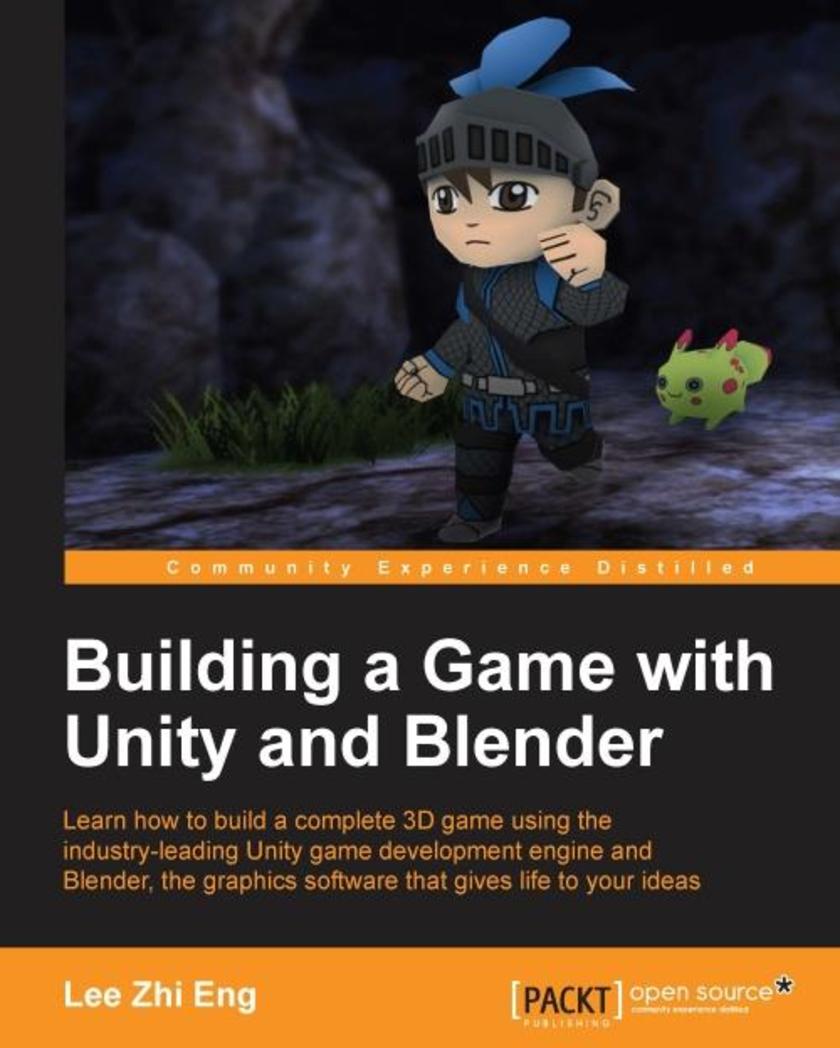
Building a Game with Unity and Blender
¥80.65
Learn how to build a complete 3D game using the industry-leading Unity game development engine and Blender, the graphics software that gives life to your ideas About This Book Learn the fundamentals of two powerful tools and put the concepts into practice Find out how to designand buildall the core elements required for a great game - from characters to environments, to props— Learn how to integrate Artificial Intelligence (AI) into your game for sophisticated and engaging gameplay Who This Book Is For This book has been created for anyone who wants to learn how to develop their own game using Blender and Unity, both of which are freely available, yet very popular and powerful, tools. Not only will you be able to master the tools, but you will also learn the entire process of creating a game from the ground up. What You Will Learn Design and create a game concept that will determine how your game will look and how it will be played Construct 3D models of your game characters and create animations for them before importing them into the game Build the game environment from scratch by constructing the terrain and props, and eventually put it all together to form a scene Import and integrate game assets created in Blender into Unity—for example, setting up textures, materials, animation states, and prefabs Develop game structures including a game flow, user interface diagram, game logic, and a state machine Make the game characters move around and perform certain actions either through player inputs or fully controlled by artificial intelligence Create particles and visual effects to enhance the overall visual aesthetic Deploy the game for various types of platforms In Detail In the wake of the indie game development scene, game development tools are no longer luxury items costing up to millions of dollars but are now affordable by smaller teams or even individual developers. Among these cutting-edge applications, Blender and Unity stand out from the crowd as a powerful combination that allows small-to-no budget indie developers or hobbyists alike to develop games that they have always dreamt of creating. Starting from the beginning, this book will cover designing the game concept, constructing the gameplay, creating the characters and environment, implementing game logic and basic artificial intelligence, and finally deploying the game for others to play. By sequentially working through the steps in each chapter, you will quickly master the skills required to develop your dream game from scratch. Style and approach A step-by-step approach with tons of screenshots and sample code for readers to follow and learn from. Each topic is explained sequentially and placed in context so that readers can get a better understanding of every step in the process of creating a fully functional game.
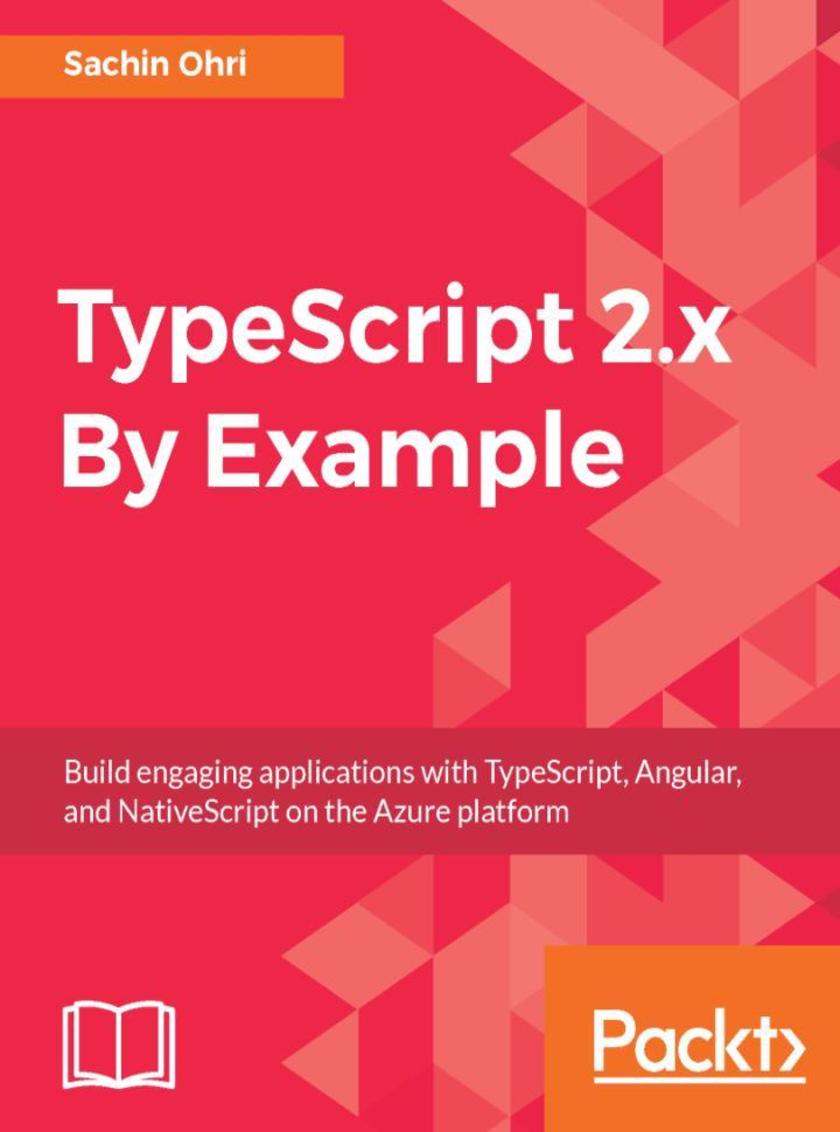
TypeScript 2.x By Example
¥80.65
Leverage the power of Type* 2.0 using real-world examples About This Book ? Begin with the fundamentals of TypeScript and learn how to write better JavaScript code ? Build three amazing applications throughout the book ? Leverage the power of tools such as Angular 2 and NativeScript to build for the web as well as for mobile Who This Book Is For Web developers who would like to learn how to use TypeScript to build amazing applications will benefit from this book. What You Will Learn ? Design your first project in Visual Studio ? Learn about the different data types in TypeScript ? Create web applications in an object-oriented fashion using TypeScript ? Build a Trello application using TypeScript's complex features. ? Explore the tools available in a web application ecosystem to write unit test cases ? Deploy web applications to cloud and assign resources to the application In Detail The TypeScript language, compiler, and open source development toolset brings JavaScript development up to the enterprise level. It allows you to use ES5, ES6, and ES7 JavaScript language features today, including classes, interfaces, generics, modules, and more. Its simple typing syntax enables building large, robust applications using object-oriented techniques and industry-standard design principles. This book aims at teaching you how to get up and running with TypeScript development in the most practical way possible. Taking you through two exciting projects built from scratch, you will learn the basics of TypeScript, before progressing to functions, generics, promises, and callbacks. Then, you’ll get to implement object-oriented programming as well as optimize your applications with effective memory management. You’ll also learn to test and secure your applications, before deploying them. Starting with a basic SPA built using Angular, you will progress on to building, maybe, a Chat application or a cool application. You’ll also learn how to use NativeScript to build a cool mobile application. Each of these applications with be explained in detail, allowing you to grasp the concepts fast. By the end of this book, you will have not only built two amazing projects but you will also have the skills necessary to take your development to the next level. Style and approach Example-based approach to get you quickly started with Type*




 购物车
购物车 个人中心
个人中心



